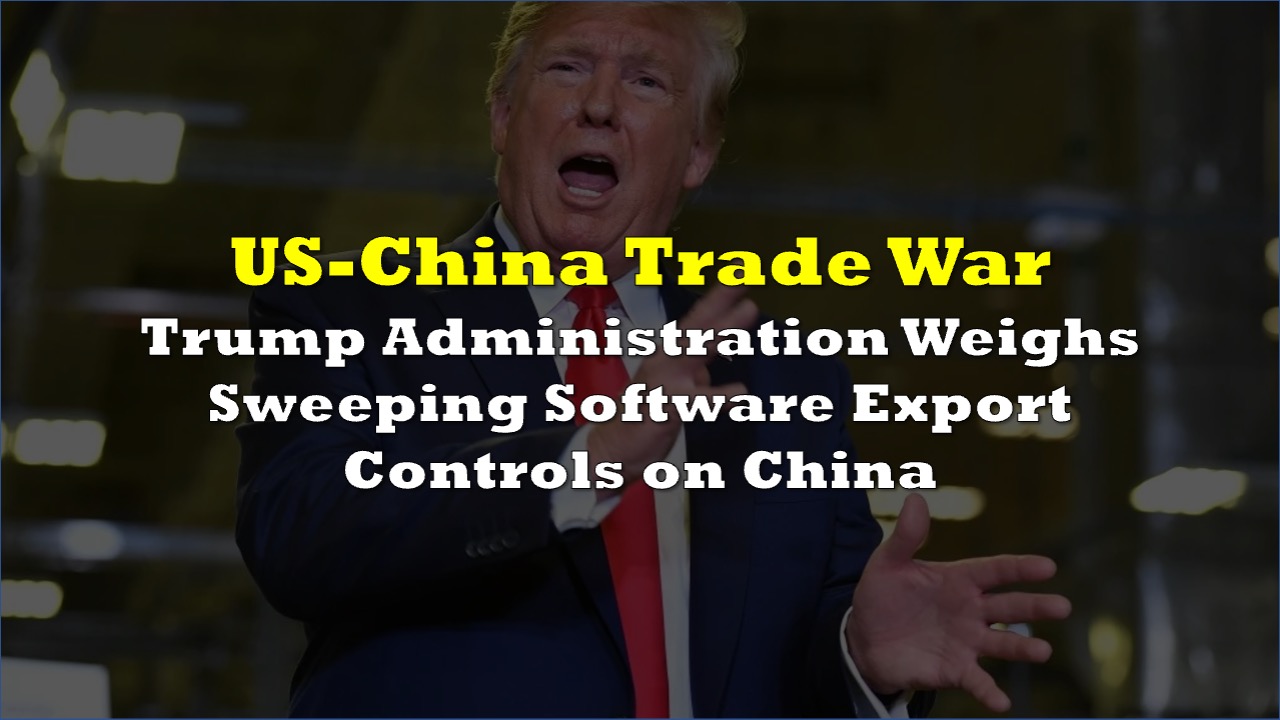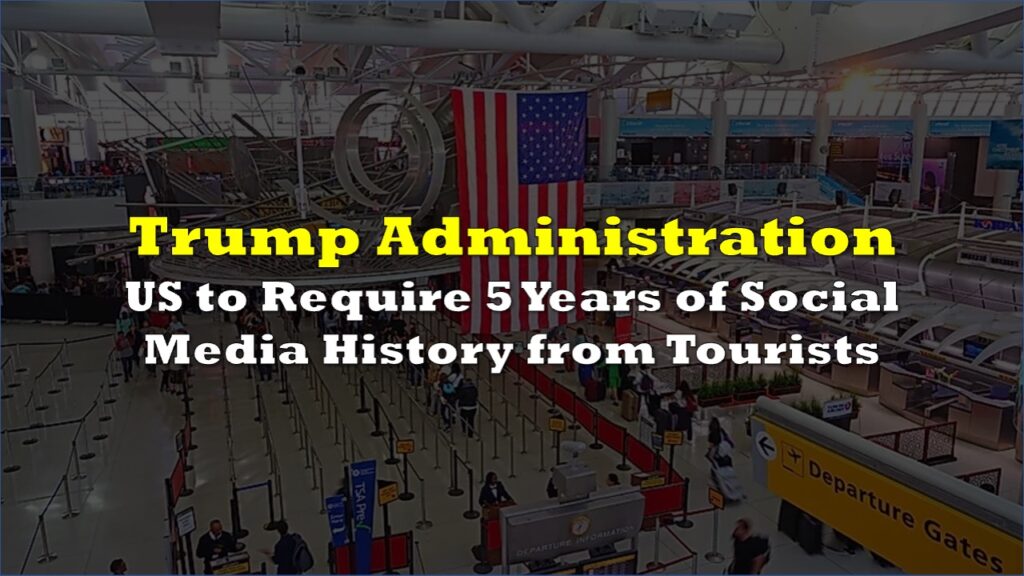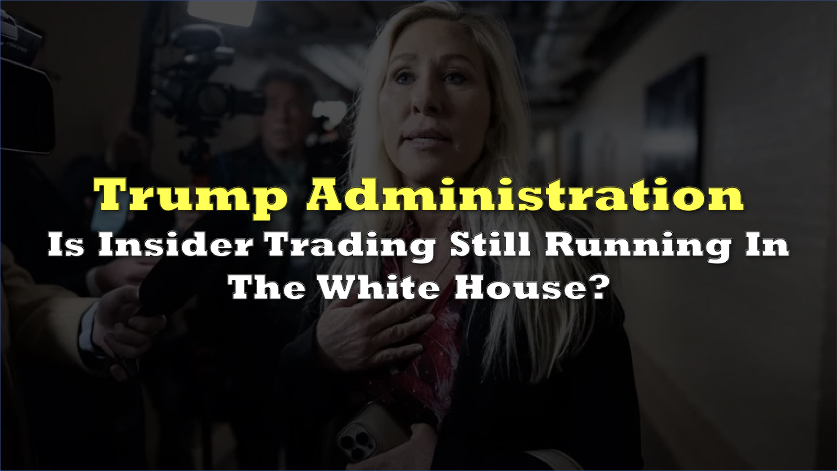The Trump administration is considering export restrictions that would bar global shipments of products containing or produced with US software from being sold to China, a move that could disrupt international supply chains and force companies worldwide to choose between American technology and the Chinese market, according to Reuters.
The proposed controls, still under deliberation, could affect a wide array of products, including laptops, aircraft engines, and other items, according to a US official and three people briefed by US authorities who spoke on condition of anonymity because the plans are not public.
President Donald Trump announced on October 10 that the US would impose export controls on “any and all critical software” starting November 1, alongside an additional 100% tariff on Chinese goods. Trump made the announcement in response to China’s new restrictions on rare earth exports, which Beijing announced the previous day.
Read: US-China Trade War Escalates as Beijing Tightens Rare Earth Controls
The threat mirrors a strategy the Biden administration used against Russia following its 2022 invasion of Ukraine. Those restrictions prevented Russia from obtaining products manufactured anywhere in the world if they incorporated US technology or software.
Treasury Secretary Scott Bessent confirmed Wednesday that “everything is on the table” regarding software export controls, adding that any such measures would likely be implemented “in coordination with our G-7 allies.”
This is easily the most suicidal idea the Trump administration has cooked up in its trade war, and that's a high bar.
— Arnaud Bertrand (@RnaudBertrand) October 23, 2025
In effect, this would make American technology radioactive: any company touching US software (Microsoft, AWS, etc.) becomes ineligible to do business with the… https://t.co/YyGcWhazVr
Industry analysts warn the restrictions could fragment global technology supply chains and force multinational manufacturers to prove their products contain no US software at any production stage — an audit experts say would be nearly impossible to execute at scale.
“With software being the cornerstone from design, development to management of hardware systems globally, further tighter export controls will escalate and accelerate this dichotomous trend further,” said Neil Shah, vice president for research at Counterpoint Research.
China currently faces US tariffs of around 55% on its exports. The proposed additional 100% tariff would bring total tariffs to 155%, approaching the 145% rate Trump imposed in April before both countries agreed to pause their highest levies during negotiations.
Trump will meet with Chinese President Xi Jinping in South Korea later this month.
Information for this story was found via the sources and companies mentioned. The author has no securities or affiliations related to the organizations discussed. Not a recommendation to buy or sell. Always do additional research and consult a professional before purchasing a security. The author holds no licenses.










One Response
Go Trump?